Afro-Asian Connections in Latin America and the Caribbean
Black Diasporic Worlds: Origins and
Evolutions from New World Slaving
Series Editors: Antonio Tillis and Elizabeth West
Black Diasporic Worlds is a humanities series whose publications highlight the transnational Africana experience that has resulted from and/or emerged alongside European exploits in the Americas. Additionally, it encompasses contemporary and comparative contexts that are a byproduct of multidirectional shifting of Africana people over space and time. Further, the Black Diasporic Worlds series represents works that query the transcultural and transnational understandings of contemporary articulation and impact of Africana in Europe and other geographies outside of the Americas. Publications will look at African derived people/populations/cultures/civilizations resulting from the economic and political dynamics of new world slaving and the ways it has informed experiences, nationalistic and racial orientations, and shaped the western world on both sides of the Atlantic. With regard to geographical scope, publications in this series will thus include works focusing on blacks in the Americas, in Europe, and could conceivably extend to the experiences of blacks beyond the western world whose destinies have been shaped by the legacy or spillover of new world slaving.
Recent Titles
Envisioning Black Feminist Voodoo Aesthetics: African Spirituality in American Cinema , by Kameelah L. Martin
Receptions of the Classics in the African Diaspora of the Hispanophone and Lusophone Worlds: Atlantis Otherwise , by Elisa Rizo and Madeleine M. Henry
African Modernity and the Philosophy of Culture in the Works of Femi Euba , by Iyunolu Osagie
Between Two Worlds: Jean Price-Mars, Haiti, and Africa , edited by Celucien Joseph
Afro-Asian Connections in Latin America and the Caribbean
Edited by
Luisa Marcela Ossa
and Debbie Lee-DiStefano
LEXINGTON BOOKS
Lanham Boulder New York London
Published by Lexington Books
An imprint of The Rowman & Littlefield Publishing Group, Inc.
4501 Forbes Boulevard, Suite 200, Lanham, Maryland 20706
www.rowman.com
6 Tinworth Street, London SE11 5AL, United Kingdom
Copyright 2019 by The Rowman & Littlefield Publishing Group, Inc.
All rights reserved . No part of this book may be reproduced in any form or by any electronic or mechanical means, including information storage and retrieval systems, without written permission from the publisher, except by a reviewer who may quote passages in a review.
British Library Cataloguing in Publication Information Available
Library of Congress Cataloging-in-Publication Data
Names: Ossa, Luisa Marcela, 1972- editor, author. | Lee-DiStefano, Debbie, editor, author.
Title: Afro-Asian connections in Latin America and the Caribbean / edited by Luisa Marcela Ossa and Debbie Lee-DiStefano.
Description: Lanham : Lexington Books, 2019. | Series: Black diasporic worlds: origins and evolutions from new world slaving | Includes bibliographical references and index.
Identifiers: LCCN 2018048493 (print) | LCCN 2018050600 (ebook) | ISBN 9781498587099 (Electronic) | ISBN 9781498587082 (cloth : alk. paper)
Subjects: LCSH: BlacksLatin America. | BlacksCaribbean Area. | AsiansLatin America. | AsiansCaribbean Area. | Latin AmericaRace relations. | Caribbean AreaRace relations.
Classification: LCC F1419.N4 (ebook) | LCC F1419.N4 A398 2019 (print) | DDC 305.89608dc23
LC record available at https://lccn.loc.gov/2018048493
 The paper used in this publication meets the minimum requirements of American National Standard for Information SciencesPermanence of Paper for Printed Library Materials, ANSI/NISO Z39.48-1992.
The paper used in this publication meets the minimum requirements of American National Standard for Information SciencesPermanence of Paper for Printed Library Materials, ANSI/NISO Z39.48-1992.
Printed in the United States of America
Contents
Lisa Yun
Kathleen Lpez
Debbie Lee-DiStefano
Mey-Yen Moriuchi
Malathi Iyengar
Kathleen Lpez
Zelideth Mara Rivas
Luisa Marcela Ossa
Linda Anouche
Kathleen Lpez
Dania Abreu-Torres
Anne-Marie Lee-Loy
Martin A. Tsang
We would like to thank our families for providing us the time and support to bring this project to fruition. Our thanks to Drs. Antonio D. Tillis and Elizabeth J. West for believing in our work. We also want to acknowledge the Southeast Missouri State University Center for Writing Excellence, Mr. Mickey Heath and Ms. Alison Manzella for their hard work assisting us with the final formatting and proofreading to make sure that our manuscript was in tip-top shape. Your assistance has been invaluable! We extend our gratitude to Emily Roderick, Courtney Morales, and the rest of the staff at Lexington Books for your support and guidance throughout the publishing process, and your professionalism. It has been a pleasure working with you. We also want to thank all of our contributors. This project could never have been realized without you. Finally, we thank the people, stories, and histories that inspired our research. Your journeys have not been forgotten.
by Lisa Yun
In Lower Manhattan of New York City, there sits a magnificent architectural jewel, the Alexander Hamilton Custom House. Shippers, merchants, customs agents, and officials crossed paths here in one of the busiest ports of the world. Once a major hub for customs duties, the House provided the largest source of federal revenue by the early 1900s.
With elaborate iconographies of voyaging, the Custom House lays open a spatial narrative of Western progress achieved with the scientific discovery of Other lands and peoples. The Continents provides an instructive prelude for entering this space. The figures of Europe and America are positioned at Under her left arm is the kneeling figure of Labor, who pushes the winged wheel of progress.
Asia and Africa, in contrast, sit passively. Asia holds a Buddha, which Gilbert explained is a symbol of false worship. The face of Africa was thus adjusted to racialized standards of beauty.

Figure 0.1Alexander Hamilton U.S. Custom House. Source: Courtesy of Perkins Eastman.
In all, Europe and North America were cast as the stewards of knowledge, commerce, and industry. Meanwhile, Asia and Africa were cast as heathen and backward, and furthermore, isolated, unlike the cosmopolitan past and future of an outward-looking Europe and North America. Naturalized in this tableau are the hemispheric, racialized, and gendered perspectives that informed its making. Intercontinental trade was celebrated, but invisible are the bloody cost of war, conquest, slavery, indenture, and the extraction of natural resources that underwrote the missions of enlightenment and exchange. In fact, the Custom House was commissioned in 1899 and completed in 1907, in the immediate wake of such costs, with American conquests in the Caribbean and Asia: Cuba, Puerto Rico, and the Philippines.
The Continents articulates progress through colonial and orientalist narratives that continue to haunt our post/neocolonial present. Such narratives derive currency from the continued partitioning of peoples and cultures, what Stuart Hall once called classification as a system of power. Hidden are the perspectives of Asian and African peoples who share uniquely conjoined histories in Latin America and the Caribbean. To suppose that Asia and Africa might have their own historical interrelationships, or that cultural and creative connections could exist between peoples of Asian and African descent, or that knowledge could be produced from the supposed periphery, would require an alternate construction of French and Gilberts visual epic.

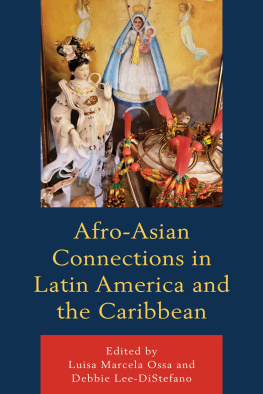

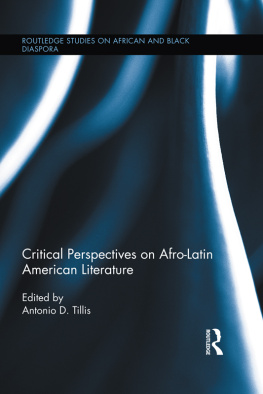
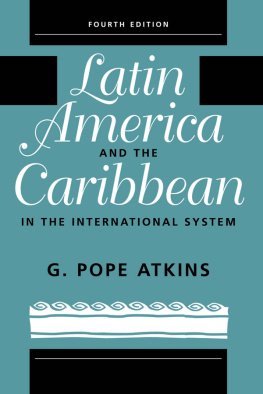
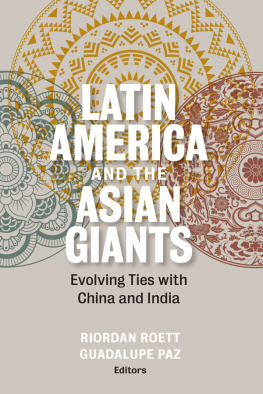

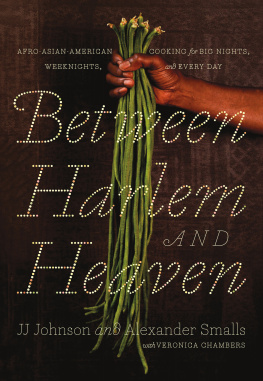
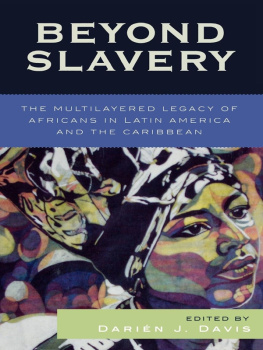


 The paper used in this publication meets the minimum requirements of American National Standard for Information SciencesPermanence of Paper for Printed Library Materials, ANSI/NISO Z39.48-1992.
The paper used in this publication meets the minimum requirements of American National Standard for Information SciencesPermanence of Paper for Printed Library Materials, ANSI/NISO Z39.48-1992.